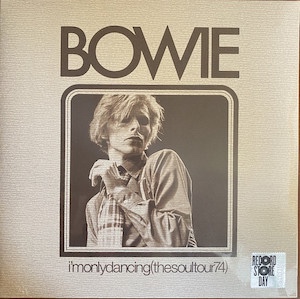Opening Up the Soundscape Of The Piano
By Jo Phillips
Opening Up the Soundscape: Translating Khruangbin’s “A Hymn” for Solo Piano.“For music to truly open up, there needs to be an implication of wideness and spaciousness within the performance, allowing the core elements to resonate with the listener while letting the decorative aspects fade into the background. This principle was vital in translating Khruangbin’s “A Hymn” for solo piano.” Arsha Kaviani exclusively explains his process with .Cent in his own words
Image Damon Baker
The band Khruangbin is an American musical trio from Houston, Texas. The band consists of Laura Lee Ochoa (bass guitar and vocals), Mark Speer (guitar and vocals), and DJ Johnson (drums, keyboards, and vocals). The trio is known for blending global music influences, such as classic soul, dub, rock and psychedelia. In fact, many feel their music goes beyond style and does not fit neatly into an existing genre. As the track does not include piano playing it is an unusual choice for a pianist to look to make their own.
Not unlike Khruangbin, Arsha Kaviani is a British musician known for his style of blending diverse styles including classical, pop, jazz, and traditional Persian music. Renowned for his improvisations, original compositions, and unconventional performances, he has garnered global recognition.
Below Arsha Kaviani explains his process to make this piece come alive with his own, unique interpretation.
To capture the openness of Khruangbin’s sound, I focused on the reverb-drenched guitar of Mark Speer, which sits atop a soothing chromatic ostinato from the rest of the band.
Mark Speer wrote this song whilst playing in a church choir. Whilst the preacher blessed the service, he played music while the blessings were given.
Variations of this hauntingly simple theme evolve into a beautifully vulnerable middle section that climaxes into a flurry of fast notes before returning thematically home. This middle transition is crucial as it allows the piece to breathe and evolve organically before returning to the A theme.

This perfect little prelude of a work could be loosely interpreted as a mini-sonata in structure if one really wished to make the case!
The challenge in transcribing the work was to resist the temptation to overcomplicate given how much space there should be whilst keeping the chromatic ostinato unobstructed. It reminded me of how I once sat with an Ikebana (the art of arranging stems, leaves, and flowers in Japan over seven centuries) master in Kyoto, where this incredible florist spent most of the time talking about negative space rather than the flower arranging itself.
You can hear the influence of Persian music and its exotic scales in “A Hymn” as well as my own Piano Sonata which sits alongside this track on my album. My parents are Iranian and, although I wasn’t brought up in Iran, Persian music has always played a crucial role in my musical world.
Performing and recording both this and my Sonata on the same piano on the same day meant I was employing similar techniques to capture the microtonal harmony that isn’t naturally present on a well-tempered piano but which is very prevalent in the ancient musical modes.
By using sliding neighbouring tones, arranging harmonic hierarchies in a more egalitarian ‘non-pianistic’ way (where the top and bottom of chords and voicings tend to traditionally reign supreme), and playing with pedaling techniques (like half-pedaling the flurry of semi-quavers towards the end), I aimed to create the illusion of these microtonal harmonies and a more ensemble-like sound.
Literal transcriptions often fall short of the recorded effects of non-classical music on the piano, so I adjusted the positioning of bass lines and chords, spacings, and even notes, and replicated the slight swing in rhythm to mimic the beautiful slightly syncopated delays between the guitar and bass on occasion.
“A Hymn” is part of my album Accents & Echoes, serving as a spacious yet simple interlude amidst tracks characterized by virtuosic complexity and dense textures. Mozart’s adage, “The music is not in the notes, but in the silence between,” resonates deeply with this piece, enhanced by the beautiful Steinway Model-D’s pedal and the natural reverb of the church where I recorded it.
The version by Arsha Kaviani here on Spotify
Stream the album here lnk.to/arshakaviani



